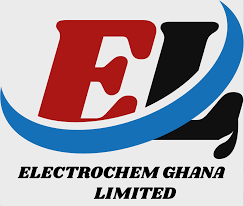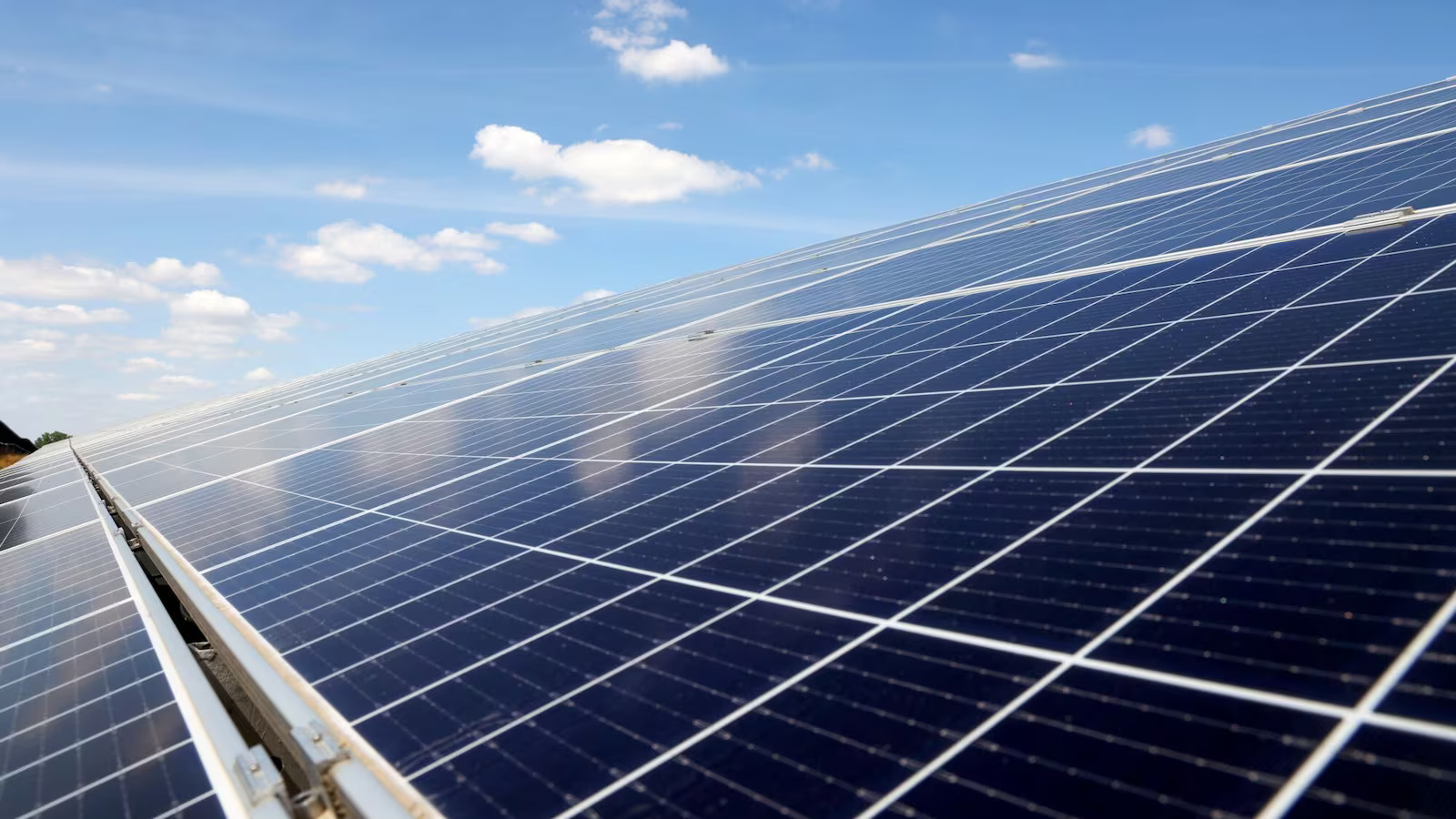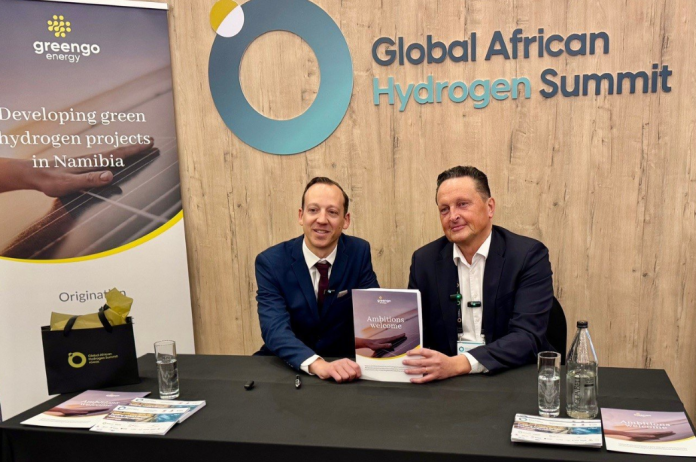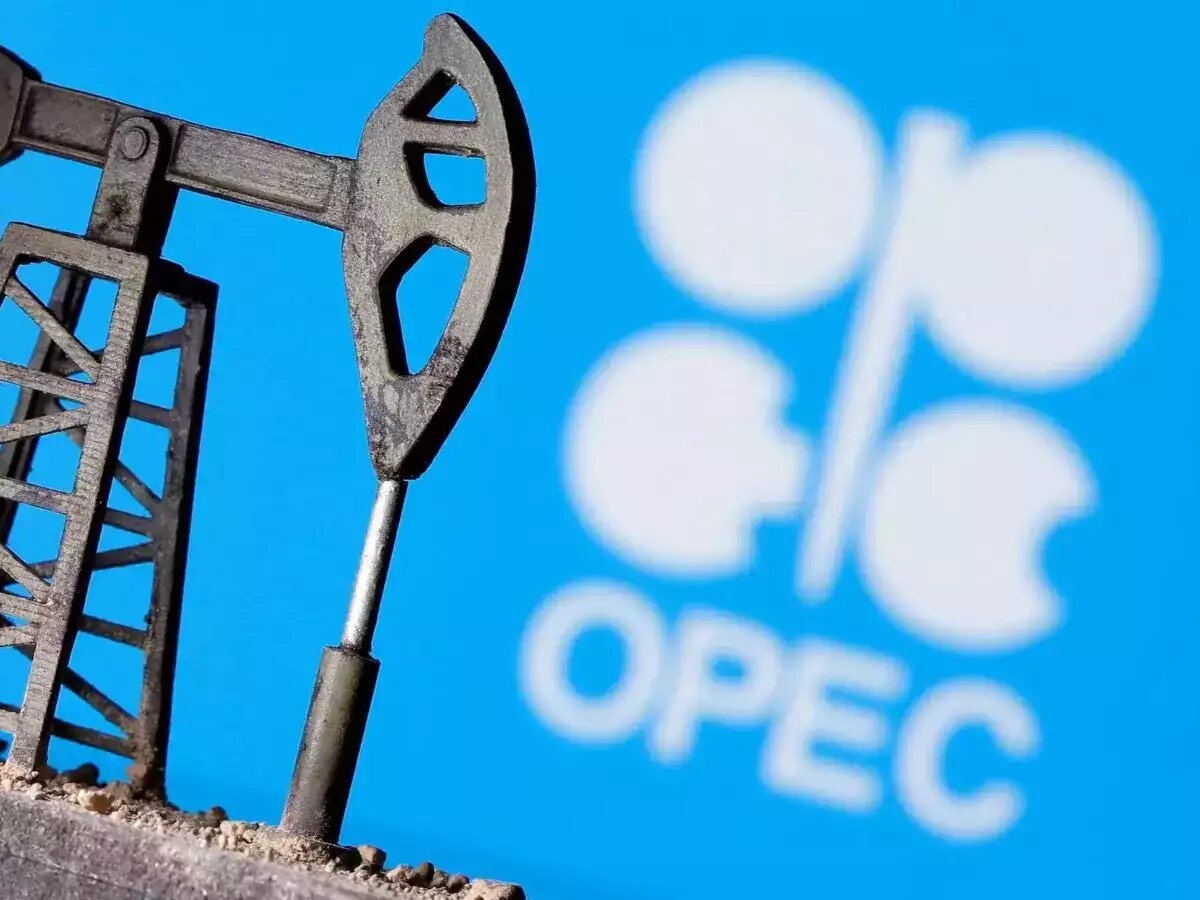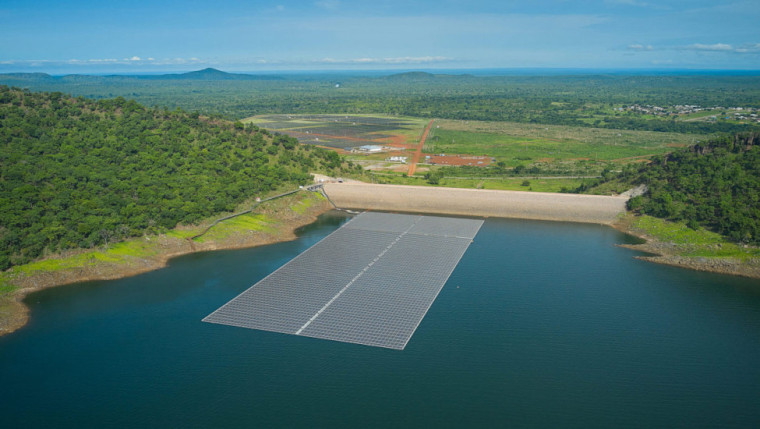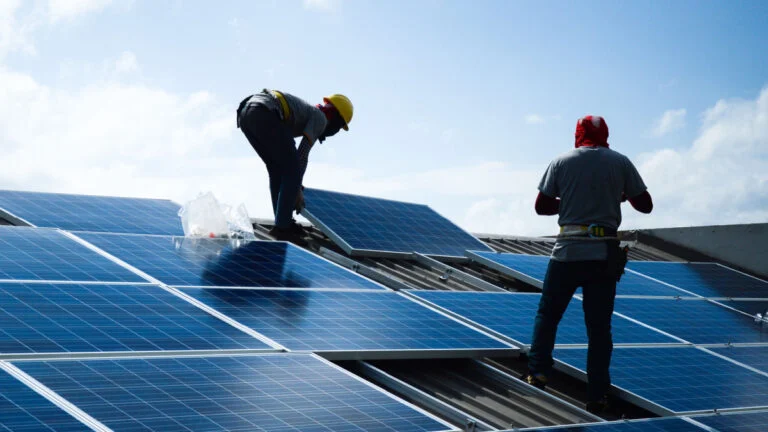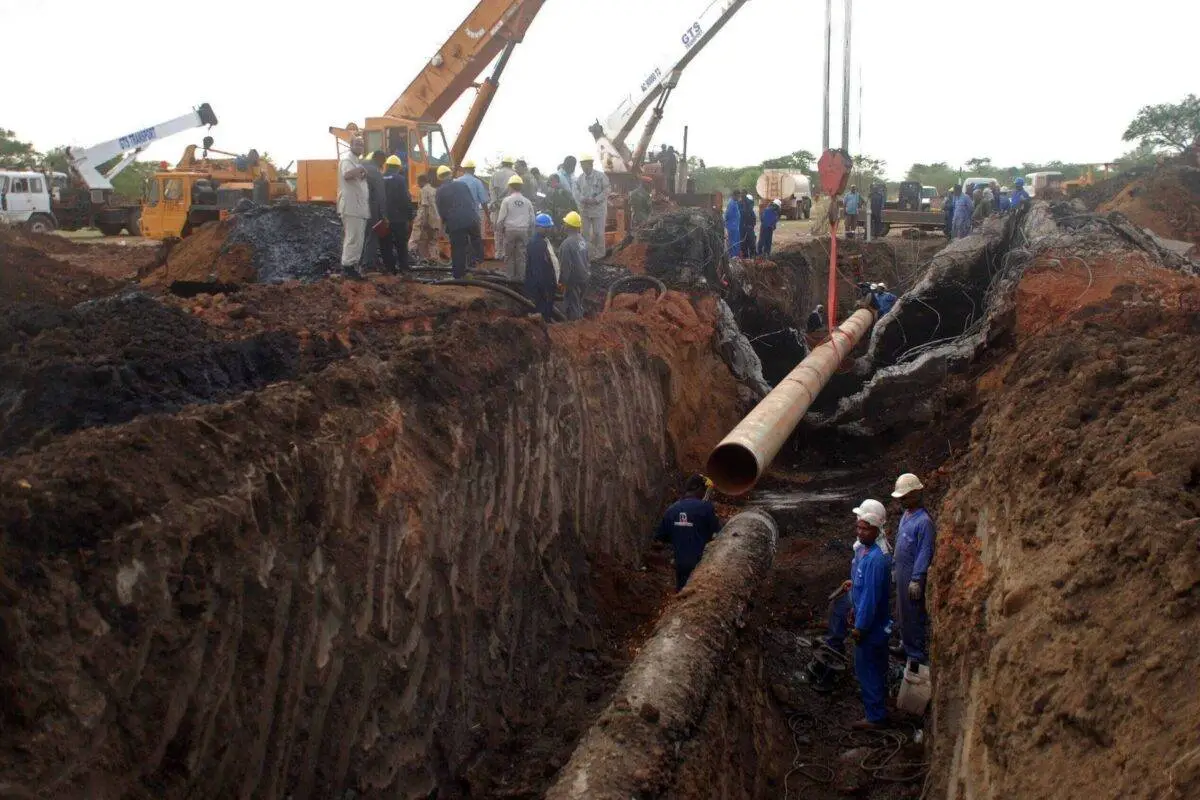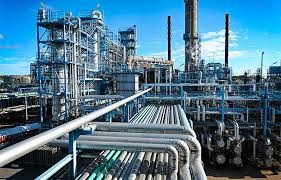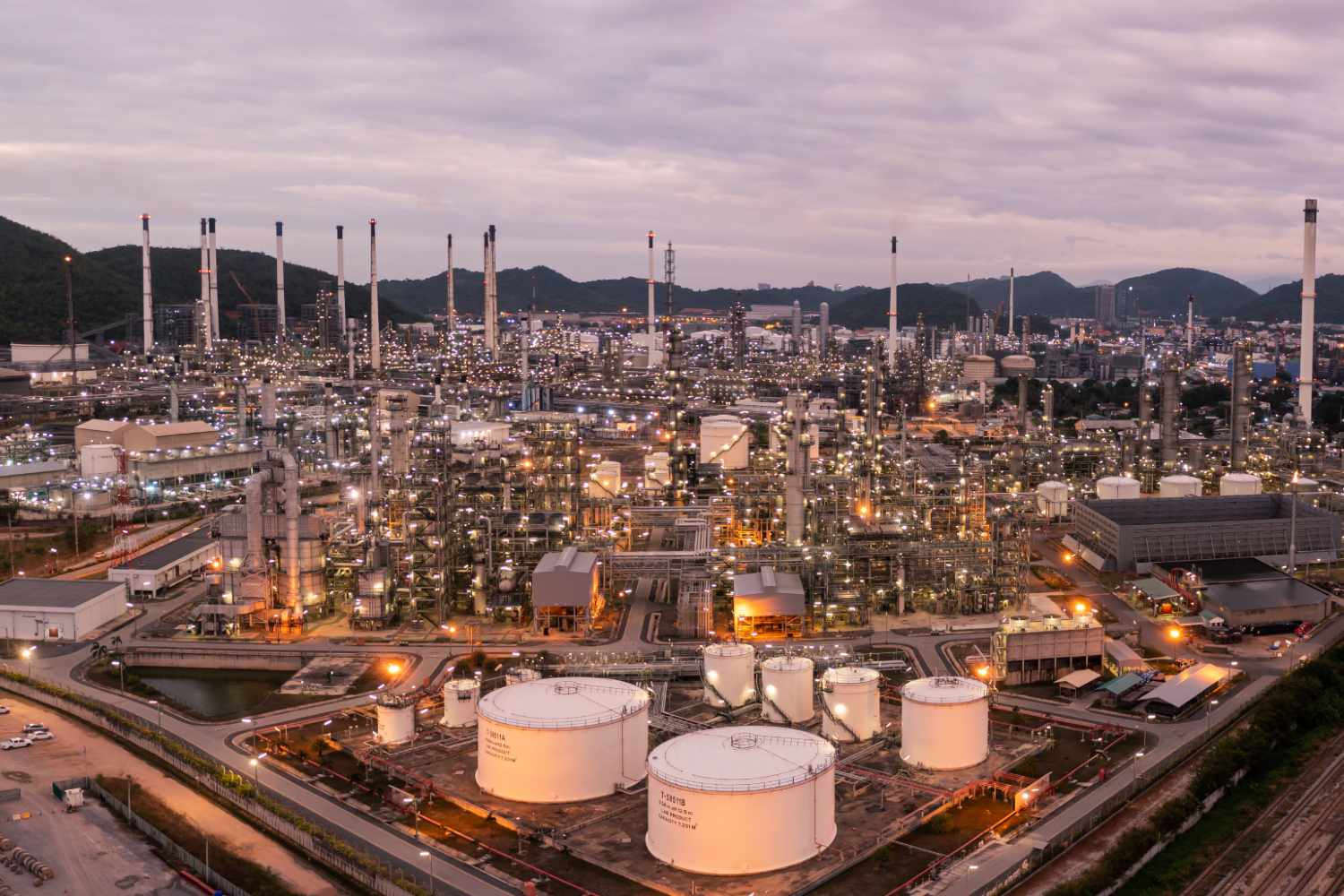Generation

Oghosa Erhahon, Sustainability Energy Specialist

In Namibia, the national government has positioned itself as a regional leader in hydrogen development during 2024, a strong contender across the continent aiming to produce 125,000 tons of green hydrogen annually by 2026.
The Hyphen Hydrogen Energy Project underscores Namibia’s potential to be a major supplier of green hydrogen globally, particularly to European markets.
Up north, Morocco announced significant capacity targets for green ammonia production, supported by TotalEnergies and local partners. It feels inspiring to witness domestic original equipment manufacturers (OEMs) and local operational players involved in leveraging renewable energy resources and storage applications.
While reports have shown a slow uprise in offtake agreements, a priority for Morocco has been identifying markets and offtakes for Power-to-X (PtX), such as green ammonia.
Further down south, South Africa‘s Integrated Resource Plan (IRP) leans towards more energy storage projects and infrastructure gaps covering the ability to absorb and distribute renewable resources more efficiently, also needed for cohesive policy and financing hurdles.
Green industrialisation awards us in 2025
This is possibly mentioned each year, but 2025 is poised for significant growth in the energy sector.
I anticipate two strong trends in agricultural decarbonisation and energy storage emerging during 2025.
Green ammonia, derived from green hydrogen, offers a sustainable alternative for fertiliser production, meeting domestic agricultural demand and addressing food security.
Oghosa Erhahon: Hydrogen and energy storage readiness
Africa is also placing bets on energy storage, exploring options beyond battery energy storage systems to include chemical, mechanical and heat storage solutions.
The continent, Africa, positioned to tackle green industrialisation and contribute to the development of critical sectors like mining and agriculture, will require large-scale energy storage facilities.
Long-duration energy storage systems, for example, present opportunities that ensure flexibility in the use of clean energy and reliability within power grid systems.
Other challenges also appear in water scarcity, and land use permits (social licenses to operate) for the expansion/ build-up of renewable energy plants.
2025 will be a defining year for Africa’s green energy sector, with projects like Morocco’s TotalEnergies initiative and South Africa’s hydrogen valley framework, setting the pace for industrial decarbonisation and sustainable development across the continent.



